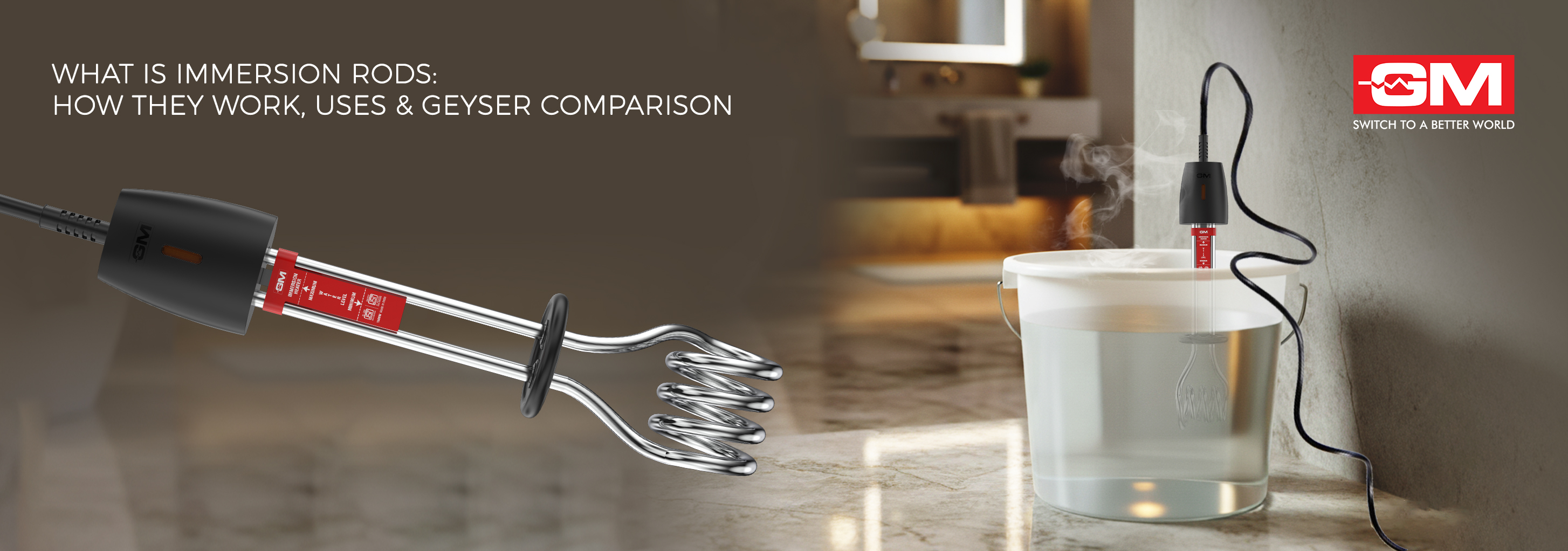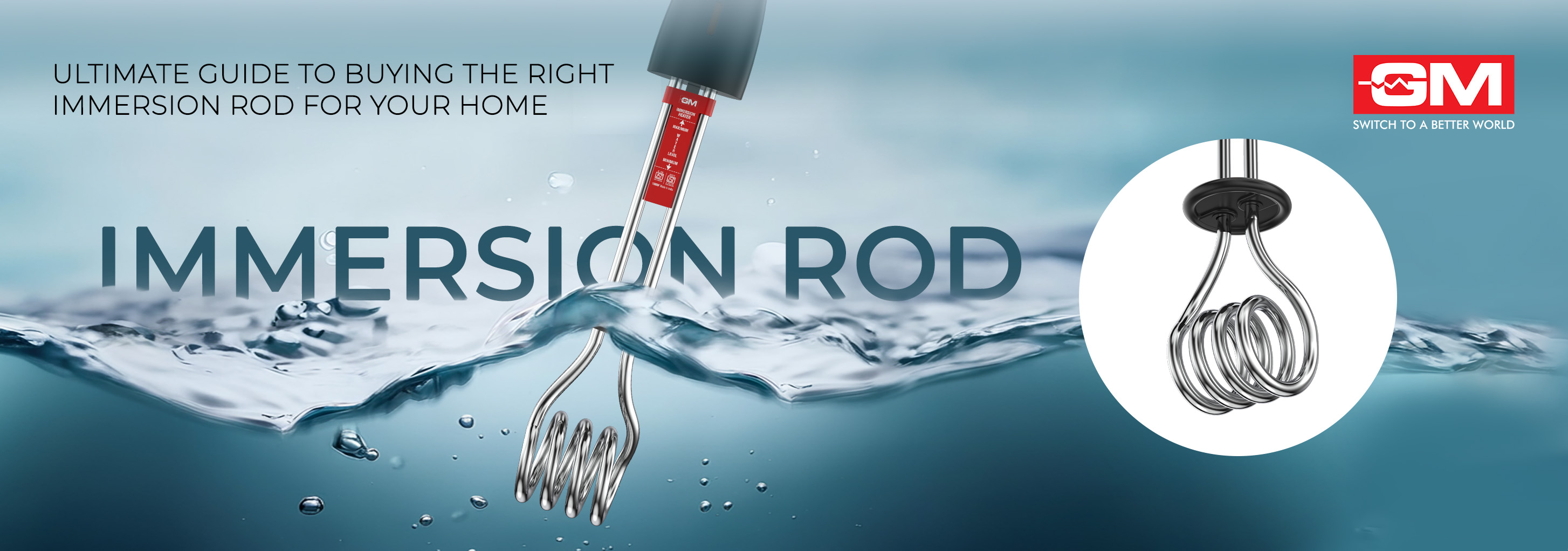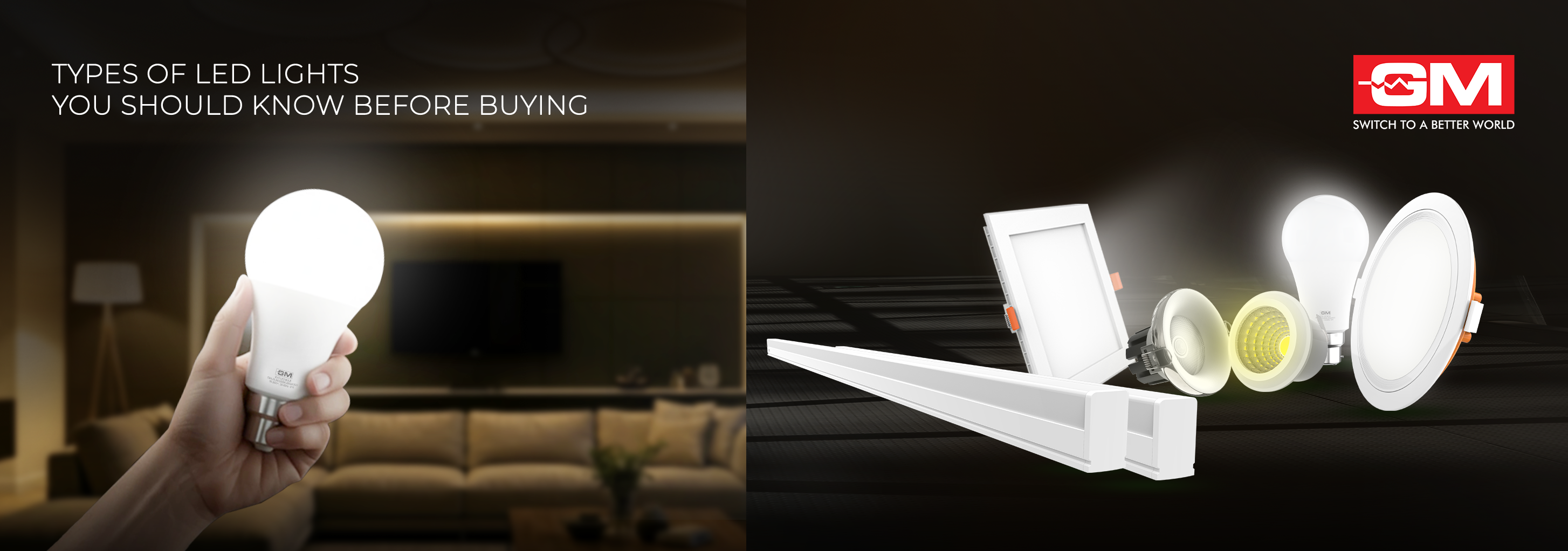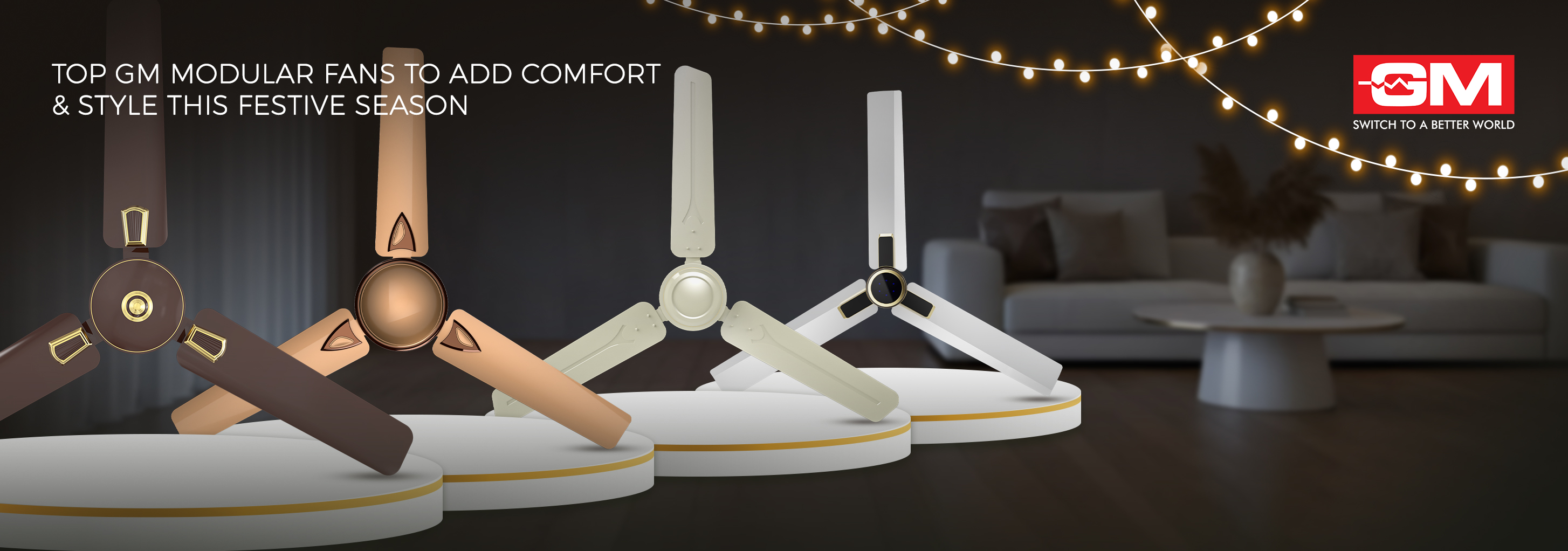Blog
What are Immersion Rods: How They Work, Uses & Geyser Comparison
Updated on Oct 2025

A hot bucket of water on a chilly morning is not a want but a need. And, while a water geyser has been in the market for ages, now there is a new technology in town. That's right! An immersion rod essentially performs the same function as a geyser, without being immobile and fixed to a wall.
If you are interested in getting an immersion rod or are curious as to what this technology is, this article will help you understand it better.
What Is an Immersion Rod?
An immersion rod, also known as an immersion water heater, is a heating rod encased in a metal tube that uses electricity to heat water in a container. These are usually available in 1000-watt and 1500-watt variants, and depending on your requirement, you can get the one that suits you the best.
How To Use an Immersion Rod?
To use an immersion water heater, you must first connect it to a power source to turn the machine on. The tool transforms electricity into heat, which makes the metal rods hot. These are then immersed in the water, and that direct contact heats your bath water with minimal heat loss.
How does the Immersion Rod Work?
An immersion water heater is made of 3 important parts: sheath material, enclosures, and heating element.
Sheath material is the metallic casing around the heating rods that come in direct contact with the liquid you are heating. Depending on the type of liquid or the use of your immersion heater, you can pick the sheath material that best suits you.
The next element is the enclosure. This refers to the aluminium or plastic casing at the bottom of your immersion rod. It makes it easier for you to handle the immersion heater safety.
Finally, we have the main element that makes the immersion rod a heater. The heating element is the metal rod made of elements such as nickel, chrome, tungsten, and more. These metals are great conductors of electricity and heat and are molded to convert electrical energy from the power source to heat.
To understand the wide variety of water heaters available, read our detailed guide on the Different Types of Water Heaters for Your Home
How To Use an Immersion Rod in a Plastic Bucket?
Ideally, you should not use an immersion rod in a plastic bucket, as immersion heaters are very high in temperature and can melt the plastic. But if you must use it in a plastic bucket, pick a bucket that is made of high-quality plastic and can resist really high temperatures.
That being said, it's best to use your immersion heaters in metal or heat-resistant buckets or containers. If you do not have either, you could try heating the water in a different metal container and then transferring it to a plastic bucket, mixing it with cold water to bring the temperature down to a tolerable degree.
Geyser vs Immersion Rod
If you are planning on getting a water heater and are confused whether you should choose a geyser or an immersion rod, this table of comparison will help you make your decision:
| Features | Geyser | Immersion Rod |
| Energy Efficiency | Less energy consumption and eco-friendly | The longer you use it, the more electricity it consumes |
| Cost | Higher initial investment but lower operating cost | Lower cost but high electricity bills |
| Portability | Fixed installation, not portable | Highly portable |
| Speed | Safe to use | Can be dangerous |
| Capacity | Can heat large volumes of water for an entire family | Only heats a limited amount of water at a time |
| Durability | Long-lasting with minimal maintenance | Lower lifespan and prone to wear and tear |
| Convenience | More convenient with advanced features | Manual handling with limited features |
So if you want a water heater that saves you energy, heats your water quickly, and is safer to use, a geyser might be the better option. But if you are looking for a portable water heater for just one or two people with lower initial costs, you can opt for an immersion heater rod.
Now you know what is an immersion heater, how it works, how to use it, and whether it is the right investment for you. Make sure you read the safety guidelines and maintenance protocol on your immersion heater before using it.
Also, check out our guide on What is an Instant Water Heater and How It Works
Frequently Asked Questions
Q. Which is better, a geyser or an immersion rod?
Both a geyser and an immersion rod do a great job of heating your bathwater for you. Depending on your budget and what is convenient to you, you can choose either an immersion rod or a geyser. Immersion rods are best for individuals and travelers as they are portable, while geysers can be perfect for large families.
Q. Which immersion rod is best, 1000-watt or 1500-watt?
The 1500-watt immersion rod will heat your water faster, but it will also consume more energy. If you are looking for a more budget-friendly option and don’t have large water requirements every day, a 1000-watt immersion rod is perfect for you.
Q. What are the disadvantages of immersion water heaters?
The biggest disadvantage of immersion water heaters is that they could cause electric shocks if not used or connected properly. It is not recommended to use an immersion rod around children.
Q. Can we drink water heated by an immersion rod?
If the immersion rod is clean and safe to immerse in drinking water, you can potentially drink the water. But it is advised not to do so and use other means of heating to heat up your drinking water to be on the safer side.
Related Blogs

Why GM Modular Wires & Cables Are the Smart Choice for Electrical Safety
When it is about electrical installations, wiring is the invisible backbone that supports everything from lighting to appliances, motors to smart home systems. A poor-quality wire can undermine even the best equipment, leading to voltage drops, overh
Read More
Ultimate Guide to Buying the Right Immersion Rod for Your Home
When it comes to quick, affordable, and efficient water heating, few appliances can match the simplicity and effectiveness of an immersion rod. From a chilly winter morning to a last-minute need for warm water, this compact device is one of the most
Read More
Types of LED Lights You Should Know Before Buying
Lighting has come a long way from the days of bulky bulbs and high electricity bills. Today, LED lights have transformed how we illuminate our homes, offices, and outdoor spaces, combining energy efficiency, style, and longevity in one smart package.
Read More
Top GM Modular Fans to Add Comfort & Style This Festive Season
A festive season is more than lights and decorations; it's about creating a warm, welcoming space. As families gather, meals linger, and laughter fills rooms, comfort becomes just as important as looks. Amid all the décor decisions, one o
Read More